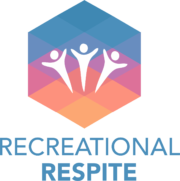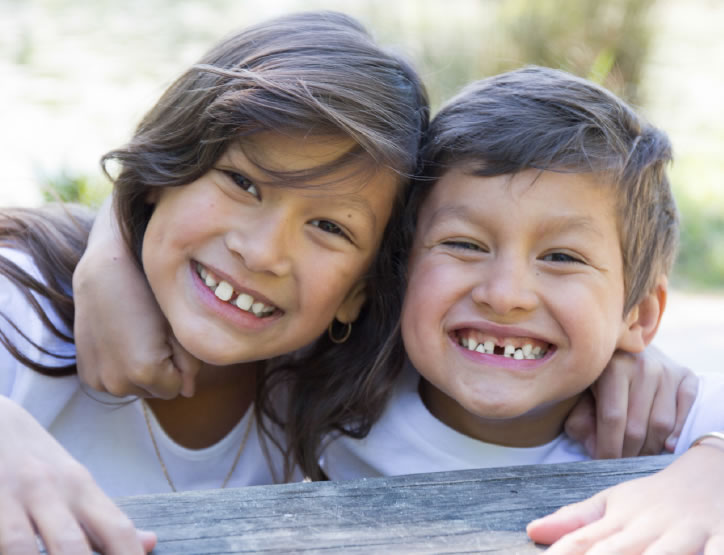Read Article, here!
Summary
There is an increase in readily-available information regarding alternative therapy options. Recreation therapy approaches are starting to experience a shift, moving from programs that are centered around issues of concern, to focusing on inclusion and promoting participation.
This WellSpring issue takes a look at how recreation therapy delivered through group activities can benefit children, youth, adults, and older adults, and why recreation therapy is growing in popularity.
Introduction
Therapeutic Recreation or Recreation Therapy is a systematic process, which removes barriers for those with disabilities or mental health, to encourage participation, increase activity levels, nurture social connections, and promote inclusion in their communities.
Recreation therapy is a support that considers the interests, abilities, and needs of an individual in order to help them become an active member of their community. This approach includes identifying the physical, emotional, cognitive and social needs, as well as hopeful outcomes of recreation therapy visits.
What is recreation therapy?
When implemented, recreation therapy can look like artistic, cultural, and physical play and social approaches through activities in one-to-one or group settings. Recreation therapy utilizes the fun and inclusion that results from active participation and engaging tasks, and it uses them to aid in developing and achieving individualized goals. It is important for one’s quality of life to develop and achieve individualized goals, such as social skills, self-regulation, coping strategies, confidence, self-worth, role, and purpose.

Recreational therapy for children living with a disability
When engaging with children and youth, recreation therapy puts its focus on play-based learning. Recreational activities are used to build valuable skills such as emotional, developmental and social skills, as well as leadership, self-regulation and coping strategies.
Play is essential to child development; so much in fact that the United Nations has declared play as a ”fundamental right”.1 Play-based learning proposes that when children are engaging in play, they become more motivated, imaginative, and active.2 In turn, they are more receptive, creating a stronger interest in learning and social connections.
Participation is directly linked to inclusion, and there are many long-term benefits that come from both.3Inclusion promotes an environment where children can develop friendships and relationships with others. It can help children with disabilities have greater access and opportunity to learn along with their peers and participate in various classroom settings. When children experience inclusion, they tend to become better prepared to be a part of a community, which will grow their confidence and develop their sense of belonging.
Recreational therapy for mental health
Canada is seeing an increase in the use of recreation therapy in their hospitals, outpatient programs and home health services that are dedicated to those living with mental illness.4 Recreation therapists work well as collaborative support with other professionals, such as psychiatrists, psychologists, psychotherapists and other mental health professionals, to create the right program and bring the most holistic benefits.
Recreation therapy encourages adults living with mental illness to embrace healthy lifestyles. Programs that include attention to physical health (such as yoga, running, and exercise routines) and creative and social activities (such as art and music) can help foster good decision-making skills and build self-confidence for those with mental health issues. Building positive experiences and maintaining human connections also help to improve moods and lessen anxieties.
Recreational therapy for older adults
Although recreation therapy has proven benefits for all age groups, it is beginning to see increased implementation in retirement, assisted living, and long-term care facilities. It can help improve the quality of life for older adults who are living with physical and cognitive disabilities. Recreation therapy enhances and supports their physical health, and it can create social interactions centered around mentally engaging activities, such as trivia games and painting, which can improve their cognitive function. The Impact of Sustained Engagement on Cognitive Function in Older Adults: The Synapse Project concluded that seniors who participated in productive engagement, such as photography and social clubs, showed a significant increase in episodic memory.5

In light of COVID-19, we suggest giving each other physical distance when it is safe to gather in groups.
The benefits of group programs
Recreation therapy provides positive results using a community setting like group-based learning. Group settings can help promote social inclusion, which can assist some individuals who find it hard to engage with others. Group settings can also support individuals who are inclined to not actively participate in activities that are new or intimidating to them.
Recreation therapists are trained to create a positive and safe atmosphere where they can encourage children, youth and adults to try a new activity. By supporting and guiding their experience, participants can potentially bring out talents and strengths that appeared hidden. When an individual’s confidence grows, they are more inclined to participate openly and become more involved in what is happening around them.
Participation enables children to understand societal expectations and acquire the physical and social competencies needed to function and flourish in their homes and communities.6
Recreational Respite
The way our team of recreation therapists differs from other therapeutic professionals is how we use leisure activities to meet individual goals. Whether the goals are developed around cognitive, social, motor, confidence or coping skills, we take skills learned in a clinical setting and move them to community settings in a social model. This recreational approach has seen better individual successes when used in collaboration with additional therapies, such as occupational therapy or speech and language services.
We offer services across Canada, and work hard to remove barriers so that everyone has equal access to these services. For example, to ensure our services are accessible for funding or reimbursement, our supports/programs are recognized by public organizations, government ministries, and private foundations in each province. You can find your province and its funding possibilities on our website.7 As such, our motto is: “Nothing about us, without us”.
Conclusion
Participation is directly linked to inclusion, and there are many long-term benefits that come from both. Children, youth or adults tend to be a more active part of a community when they experience inclusion. This, in turn, will grow their confidence and develop their sense of belonging.
One best practice for achieving the benefits of exercise and stress reduction techniques is to have a collaborative approach to an individual’s care. Creating a bigger role for recreational therapists in multi-faceted teams (psychiatrists, social workers, occupational therapists, speech and language therapists) can contribute greatly to individuals’ overall health and wellbeing.

